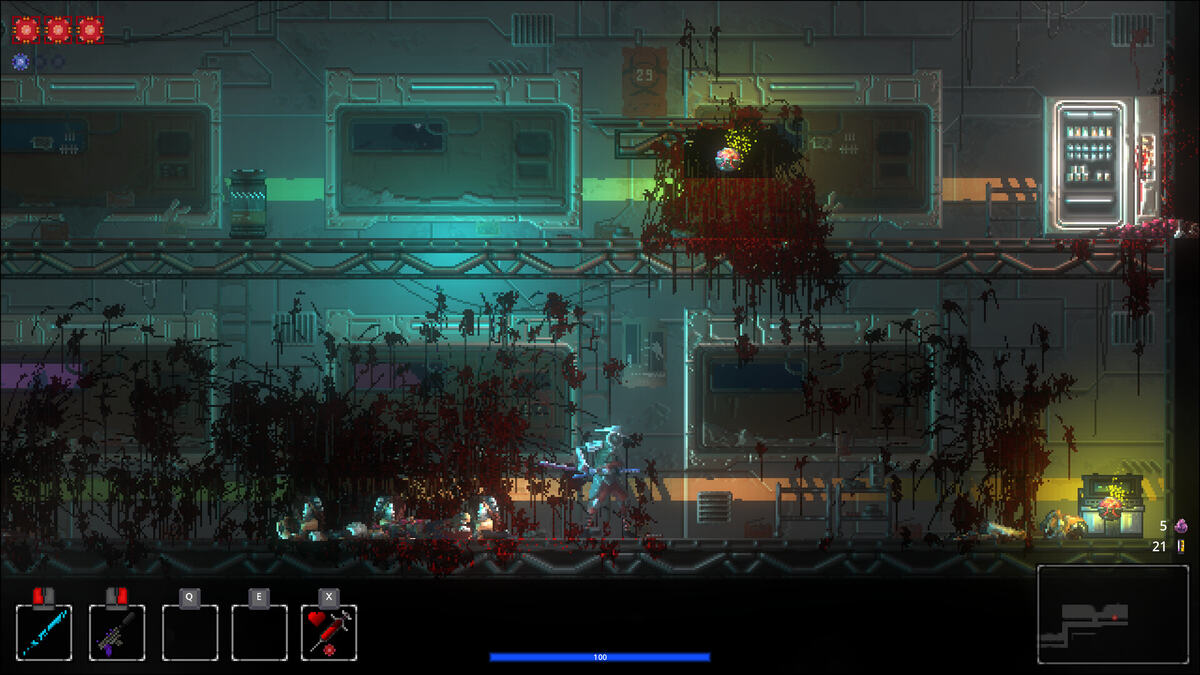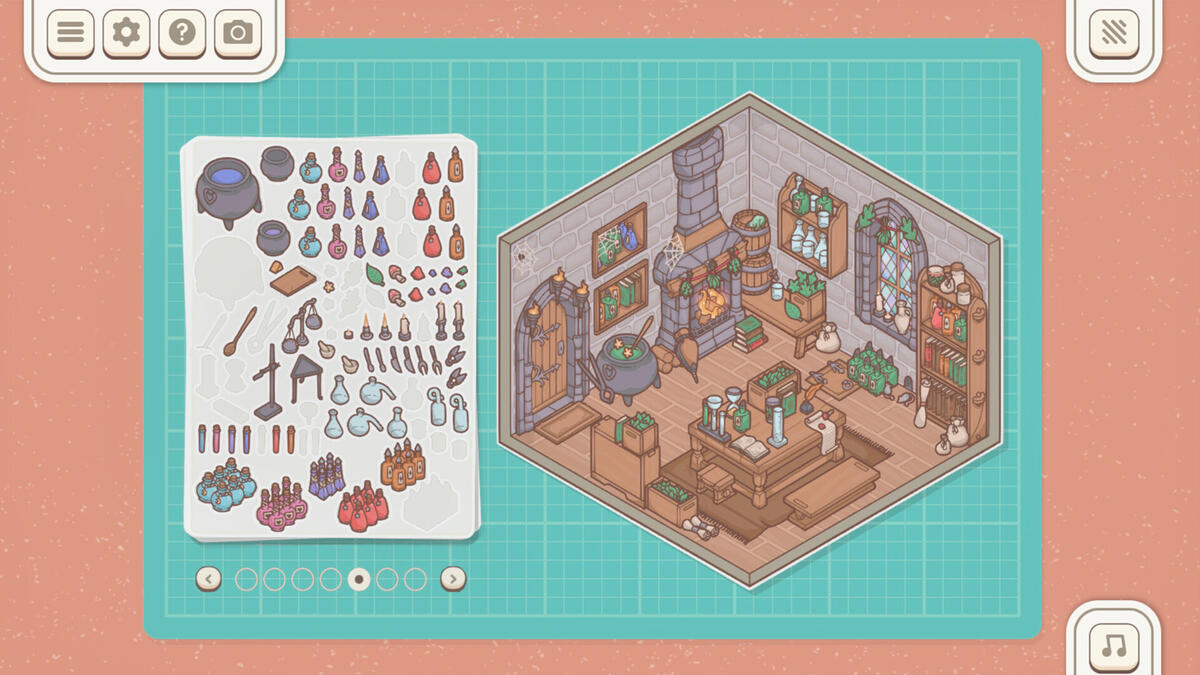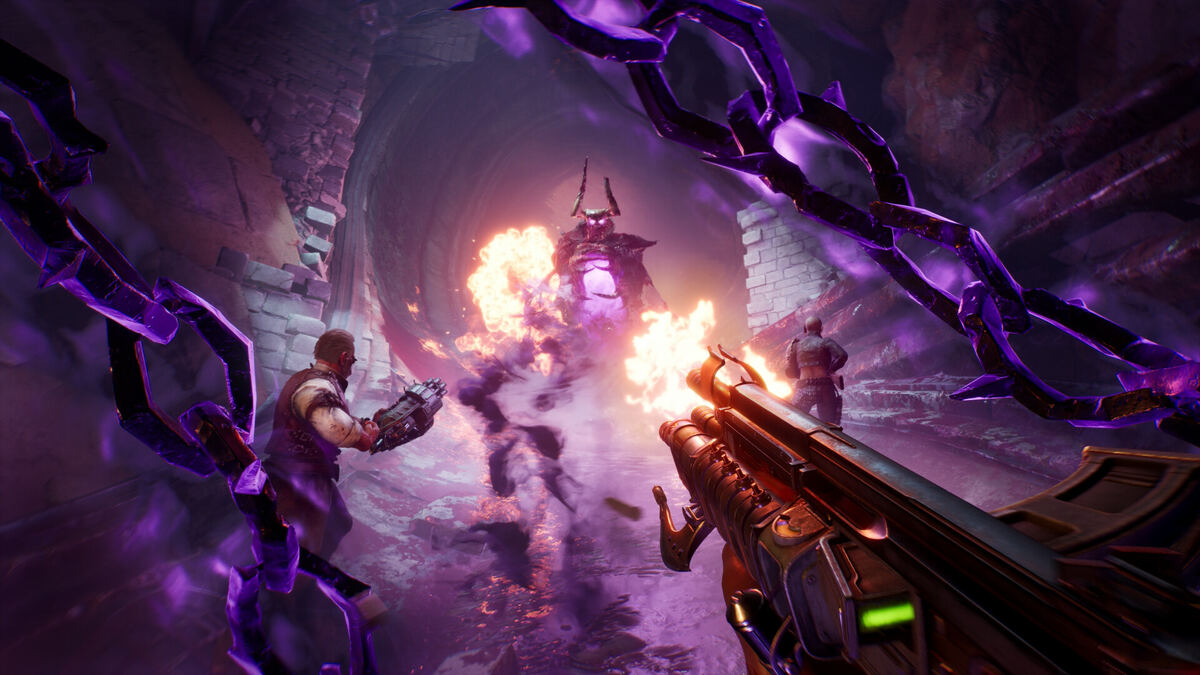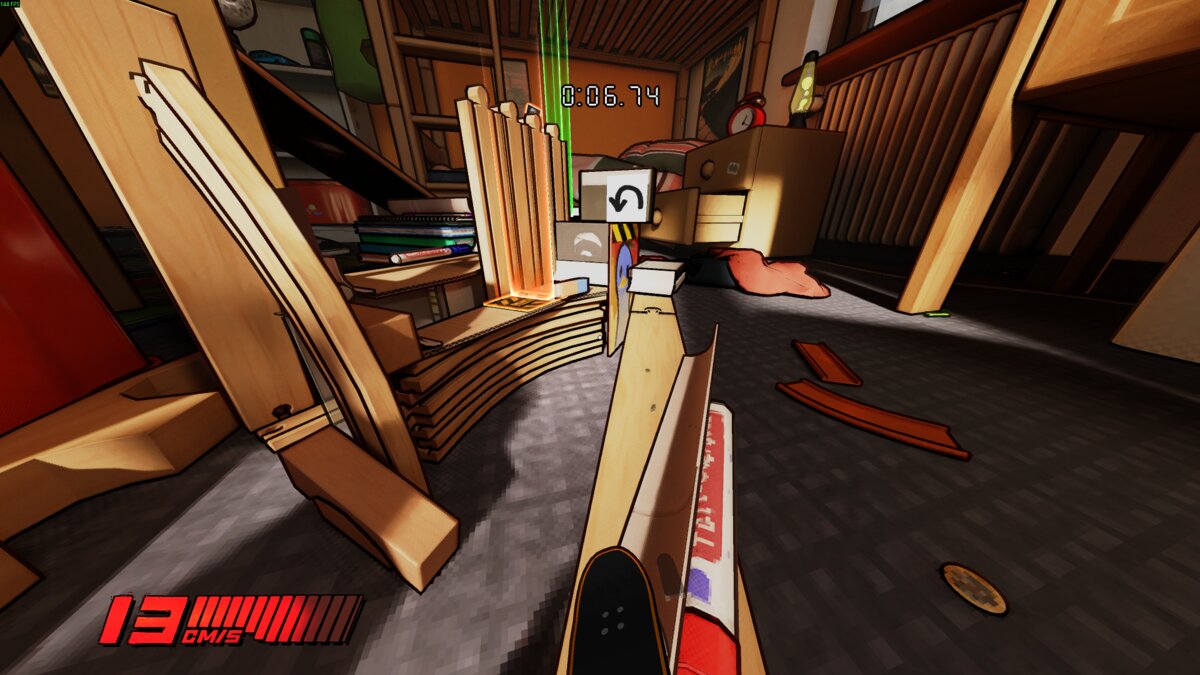You can trust VideoGamer. Our team of gaming experts spend hours testing and reviewing the latest games, to ensure you're reading the most comprehensive guide possible. Rest assured, all imagery and advice is unique and original. Check out how we test and review games here
Assassin’s Creed is about as ambitious as it gets. Not because you can go anywhere, as many games claim to do. Not because it’s got gorgeous graphics and silky smooth stealthy gameplay either. It’s because the developer, Ubisoft Montreal, says that anything that sticks out of a wall more than two inches can be latched on to and used to escape from a mob of 12th century Middle-Eastern guards. We took a trip to Ubisoft’s UK base to sit down with a beta version of the 360 game to find out if that bold claim is true.
On the face of it, it is. You can climb up almost anything, from what look like smooth walls with no grip points to high towers with tiny windows. I’m not sure how strong main character and expert assassin Altair’s fingers are, but I’d wager he’d beat most people at Thumb War. Assassin’s Creed has a lot in common with Tony Hawk’s in a funny way, in that before long you stop looking at the various houses and roofs contained within the game’s three cities as obstacles and start to think of them more as opportunities. There’s no one path you should take to get from where you are to that alley two miles in the distance. It’s up to you to make your own way there using every two inches you can get your super strong mitts on. So major kudos to the dev team for making everything interactive. But you’d imagine leaping from a foot-wide beam onto a castle wall ledge then falling twenty feet into a haystack would be about as complicated as a two-hour history lesson on the Crusades. Not so.
Assassin’s Creed is easy to play. The control system is so clever that the game will make even the most rubbish of noobs look as good as a master assassin. You hold the right trigger to switch between low profile controls and high profile controls. You’ll be using low profile controls mainly out of combat and to move into prime assassinating position, and the high profile controls for combat and running away. It’s all very seamless and intuitive. Remember when we mentioned falling twenty feet into barrel of hay? You can’t miss. If you jump in the sort of round about area where it is, signified by birds flying overhead, the game will make Altair land safely in the hay without any input from the player on the way down. Walk to a ledge and you won’t automatically fall. This is supposed to be seamless escapism, quite literally, and the dev team doesn’t want the game to turn into a pixel perfect platformer. In fact, the main philosophy with the game has clearly been to make the game as accessible as possible.
There is no difficulty level to choose from. Combat isn’t about complex combos but well-timed counters. Even when surrounded by ten guards, you’re not in massive trouble. They won’t all attack at once, instead stalking, conveniently waiting for the other to strike first. Counter one thrust, and you’ll trigger one of Altair’s animations (24 in total) which usually result in a gruesome death. Do this for a bit and your enemies will start to get edgy. Then it’s time to go on the offensive. You could probably go on like this, countering every strike, until the cows come home. But you’ll have to make a run for it eventually. During our play test, we managed to collect what looked like an army of bad guys chasing us up and down every ally. When you have been spotted, it’s all about breaking line of sight with the guards, hiding in hay or blending into the crowd, either by sitting in between two people on a bench, bowing your head in prayer in amongst some monks (if you’ve made friends with them earlier in the game), or getting some help from vigilantes (again, only if you’ve helped them earlier). Then things will calm down and you can start that muffed assassination over.
So on to the crowds then. This is another aspect of Assassin’s Creed that has got people all excited. It’s up to you how you treat the crowds. You can walk slowly and keep pace with everyone. Or speed things up a bit and barge people out of the way. Beggars will randomly come up to you and get in your face, refusing to move. While a nice touch, we found this got very annoying very quickly. The only way to make them go away was to whip out Altair’s sword, but then that attracts the kind of attention any decent assassin doesn’t really want.
It’s all fantastic fun at first. You’ll be struggling to pick your jaw up off the floor following your first assassination. And it’s not as easy as tracking your target and one-hit killing them either. You’ll need to do some old fashioned investigative work – stealing important documents like a ninja, eavesdropping from some lofty vantage point and interrogating maniac cop style – all so you get the right hit. You never relinquish control of Altair, even during cut-scenes. So when scripted events kick in, you still move Altair about the crowd while the dialogue plays out. At the very least, it makes gathering info a bit more interesting than simply sitting back and watching a five-minute CG clip roll.
Assassin’s Creed is all about freedom. The freedom to go anywhere, climb anything, whatever. But it’s also about the freedom to tackle the game’s various objectives either stealthily like a proper assassin or full throttle like Arnie on speed. You even have the option of killing civilians in the game, which we tried. But we quickly found that the game doesn’t take too kindly to your psychotic tendencies. Every time you kill a civilian you’ll lose a third of your life. You’ll even lose life when you run over people when on the horse, which you use to travel between the cities. As the developers said during our hands on: “It’s Assassin’s Creed, not mass-murderer creed.” No GTA-style murder mayhem then.
It’s also all about the single-player experience. So much so in fact, that there won’t be any online features whatsoever. So the replay value has to come from the main campaign. Here it’s shaping up nicely. The game has 100 side quests. There are special view points to unlock that can be found in the game world’s most remote areas and you’ll unlock achievements by killing the game’s toughest enemies, the Templars.
We wonder though, if Assassin’s Creed might turn out to be better to watch than actually play. Once we got over the initial wonderment at how cool everything was and how easy it was to look every part the ancient bad-ass assassin, we felt things started to get a little repetitive, especially the combat. This has as much to do with not having a lot of the game to try out and the similarity in environments as it does its core mechanics, but we’re thinking AC might end up a bit like Gears of War – you’re effectively doing the same thing over and over again, it’s just you don’t realise it because everything looks so shiny.
There are a lot of questions the game is under pressure to answer. Like what’s the big secret behind the story of the game? We know when and where it’s set: 1191 in the three historical Middle Eastern cities of Acre, Jerusalem and Damascus. We know the basic story behind Altair, too. He’s a failed assassin who’s been given the chance to redeem himself by bumping off nine historical targets linked to the escalation of the Third Crusade. But what we don’t know is why there’s loads of sci-fi hexagonal stuff that keeps flashing on screen every now and then, and why the game will say things like “waiting for input“, “desynchronised” and “retrieving information” when you die. We think the story may be a futuristic simulation a la the Matrix. Whatever it is, it better be good. The dev team has kept the world in the dark over this one, and it all becomes clear in the first 42 seconds of the game anyway. We’ll see once the finished game arrives through our post-box.
Then there’s the graphics. The version of the game we played, which was at beta stage and “pretty much finished” according to the devs, had noticeable pop up, especially as you speed towards encampments on the outskirts of Jerusalem while perched on the back of your horse. We spotted some tearing as well, and less than impressive facial textures too. We’ll reserve judgement until the game is out of course, and we’ll point out right now that in most situations, especially in the cities, Assassin’s Creed looks as good as anything we’ve seen on the next-gen consoles so far, but it’s slight cause for concern.
Despite these creases, which we hope Ubisoft will have ironed out by the time the game is released in November, the game is shaping up wonderfully well. Having come away from a good few hours with Assassin’s Creed, we were left feeling that Ubisoft Montreal has done a fantastic job realising its lofty ambitions with the game. There’s not long to go now – soon we’ll all be kicking ourselves when it turns out that Altair is actually on a time travelling mission to abduct historical figures for his high-school history presentation. You heard it here first.
/https://oimg.videogamer.com/images/fa1a/assassins_creed_50.jpg)
/https://oimg.videogamer.com/images/ad92/assassins_creed_48.jpg)






